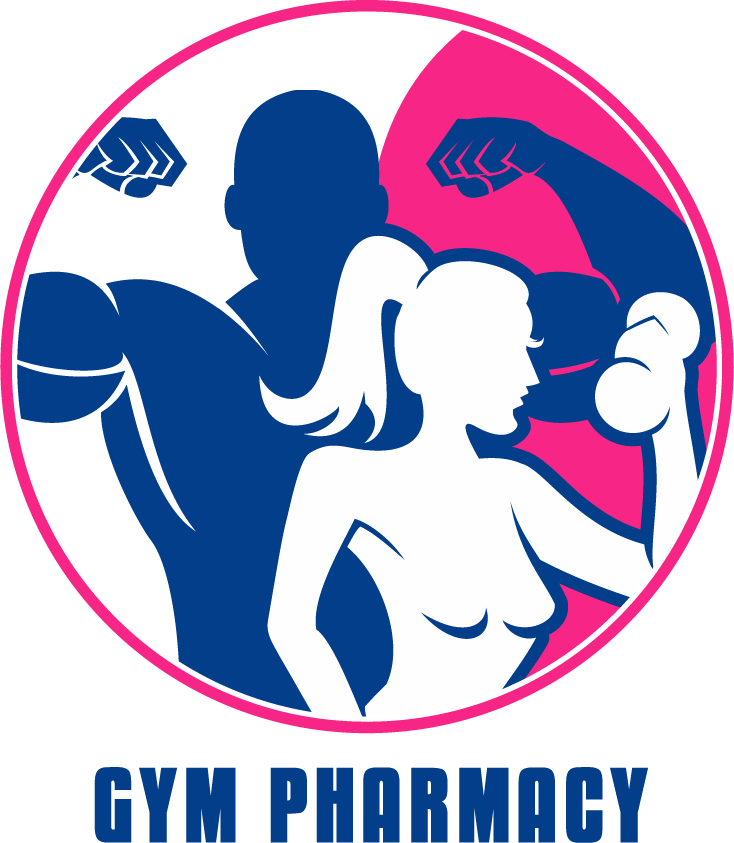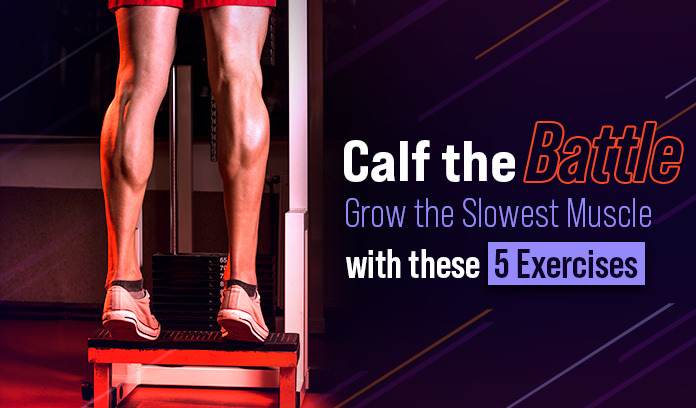Which muscles are the toughest to build?
Your calf muscles.
Calf muscles fall into the “slow twitch” class of muscle fibers that are durable in day-to-day use, but difficult to grow.
That’s why sculpted calf muscles are prized in the bodybuilding community. They not only contribute to an aesthetic physique but also play a crucial role in lower body strength and stability, working the daily motions of walking and running.
In this blog post, we will explore effective calf exercises that target calf muscles and then recommend supplements to speed up their development.
Standing Calf Raises: The Classic Calf Builder
Standing calf raises primarily target the gastrocnemius muscle, the larger calf muscle responsible for the bulging appearance.
They help develop strength, size, and definition in the calves.
Proper Standing Calf Raise Technique
- Stand on the edge of a step or raised platform with your heels hanging off the edge.
- Slowly raise your heels by pushing through the balls of your feet until you’re standing on your tiptoes.
- Hold the contraction at the top for a brief moment, then lower your heels back down until you feel a stretch in your calves.
- Repeat for the desired number of repetitions.
Seated Calf Raises: Focusing on Soleus Strength
Seated calf raises target the soleus muscle, located underneath the gastrocnemius.
They help improve overall calf development, particularly targeting the lower portion of the calf.
Proper Seated Calf Raise Technique
- Sit on a seated calf raise machine or bench with your knees bent and your feet on the foot pad.
- Place a weight on your thighs or use the machine’s resistance.
- Push through the balls of your feet, raising your heels as high as possible.
- Hold the contraction at the top, then lower your heels back down.
- Repeat for the desired number of repetitions.
Jump Rope: Building Calf Endurance and Power
Jumping rope is a high-intensity cardiovascular exercise that also targets the calf muscles.
It helps develop calf endurance, strength, and explosiveness.
Proper Jump Rope Technique
- Hold the handles of a jump rope, positioning the rope behind you.
- Jump over the rope, using your calves to propel yourself off the ground.
- Maintain a quick pace, jumping continuously for a set duration or number of repetitions.
Farmer’s Walk: Engaging Calves and Lower Legs
Farmer’s Walk is a functional exercise that targets the calves as well as the lower legs and core. It helps develop overall lower body strength and stability.
Proper Farmer’s Walk Technique
- Hold a heavy dumbbell or kettlebell in each hand, letting them hang at your sides.
- Stand tall with your shoulders back and your core engaged.
- Take slow, deliberate steps, walking forward while maintaining a strong posture.
- Continue walking for a set distance or time.
Calf Stretches: Enhancing Flexibility and Recovery
Calf stretches help improve flexibility, reduce muscle tightness, and enhance calf recovery.
They can be done before or after workouts to optimize performance and prevent injuries.
Recommended Calf Stretches
- Standing calf stretch: Stand facing a wall, place your hands against it, and step one leg back, keeping both feet flat on the ground. Lean forward, feeling a stretch in the calf of the extended leg. Hold for 20-30 seconds and switch sides.
- Downward dog calf stretches: Start in a push-up position, then lift your hips high, forming an inverted “V” shape. Push your heels towards the ground, feeling a stretch in your calves. Hold for 20-30 seconds.
Supplements for Calf Development:
- BCAA (Branched-Chain Amino Acids): Supports muscle recovery, reduces muscle soreness, and aids in calf muscle development.
- L-arginine: Enhances blood flow and nutrient delivery to the calf muscles, promoting their growth and recovery.
- Magnesium: Helps prevent muscle cramps and supports muscle relaxation, benefiting calf training and recovery.
- Fish oil: Provides omega-3 fatty acids, possessing anti-inflammatory properties that support calf muscle health and recovery. Supports overall bone health and muscle function, contributing to calf strength and development.
Conclusion:
Incorporating exercises like standing calf raises, seated calf raises, jump rope, farmer’s walk, and calf stretches into your training routine can help build strong and sculpted calf muscles.
Additionally, incorporating supplements such as BCAAs, L-arginine, magnesium, fish oil, and vitamin D can support calf muscle development, enhance recovery, and optimize your calf workouts. Remember to consult with a healthcare professional or nutritionist before starting any new supplement regimen. With consistent effort and dedication, you can achieve calves of steel and enhance your lower body strength and aesthetics.

